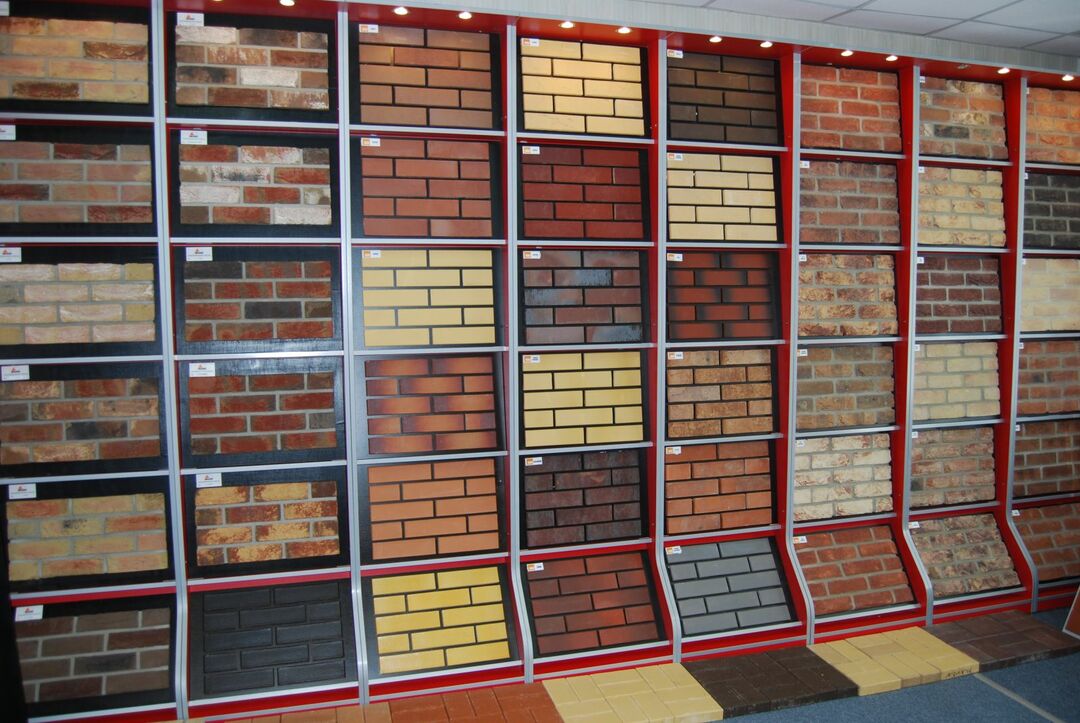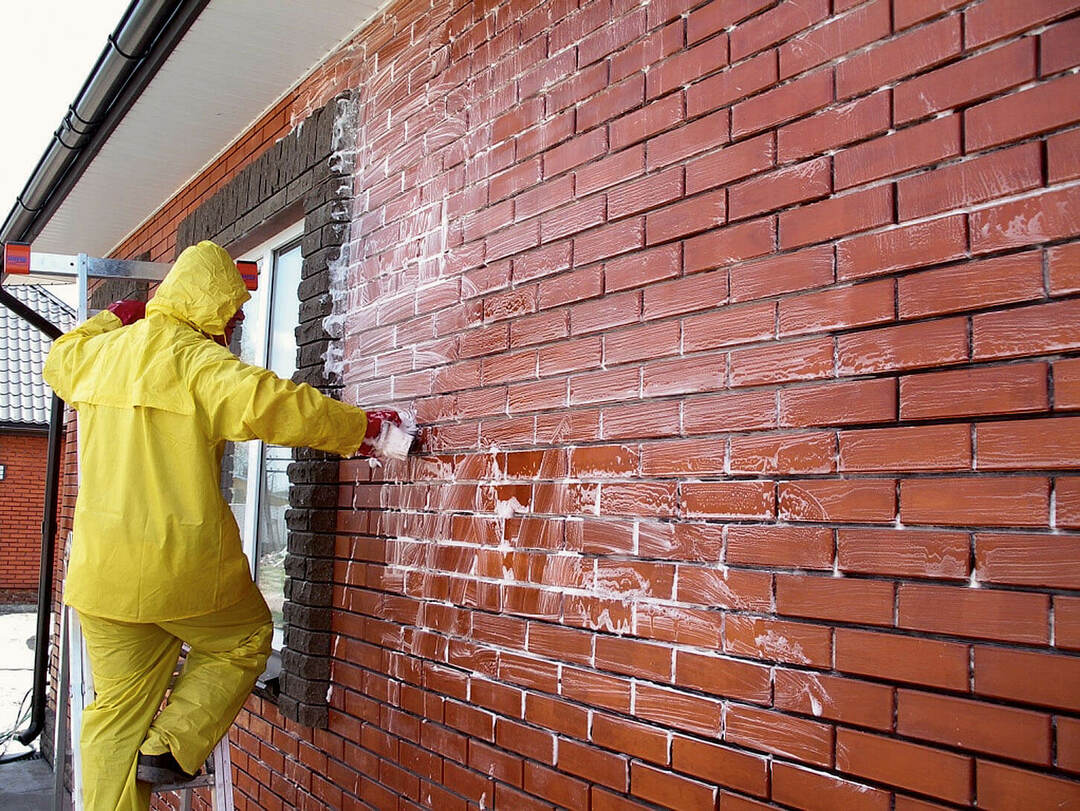In our time, the construction of country houses has acquired an unprecedented scale. People do not like living in a city with a poor environmental situation, and concern for their health forces them to move to places where the air is cleaner. If a person decided to build a house for himself on his own, then the question of choosing a material arises before him. Of course, there are many modern materials now, but brick is still relevant. The strength and beauty of brickwork still find their connoisseurs. Unfortunately, not everyone understands construction, and sometimes people need advice on how to choose a brick for different purposes.

According to the material of manufacture, the brick is like this.
- Red, ceramic.
- White, silicate.
- Fireclay, fireproof.
By design, a brick can be ordinary, used for laying structures intended for load, facing, for decorating the outer side of a building, and effective for insulation.
Ordinary brick - solid, with uneven edges, may have small chips on the edges. Facing brick has clear shapes; large chips are unacceptable for it. An effective brick has cavities in the body, which reduce the weight of the brick and increase its thermal insulation properties.
What brick for what purposes to use
Red ordinary brick is intended for the foundation. It withstands high stress and tolerates long-term hydration well. Sand-lime brick decomposes quickly in a humid environment, and an effective brick is not suitable for heavy loads.
For masonry walls, both ceramic and silicate bricks are used, but effective varieties are suitable only for partitions, and load-bearing walls are laid only from solid ones.
For laying a stove or fireplace, fireclay brick is intended, which has another name - stove. Fireclay bricks are always solid.
The cellar is also laid out from ordinary ceramic bricks, but if the soil is very damp, it is better to make waterproofing on the outside of the masonry.
What are the defects in bricks and how to identify them
Red brick can lose some of its useful properties if improperly manufactured. Most often this is non-compliance with the temperature regime. When the temperature is lowered (underburned), the brick acquires a clay tint, and upon impact emits a dull sound. Such material is unstable when exposed to low temperatures and humidity. A brick burn is manifested by a black core.
When made from low-quality material, the surface of the brick is covered with cracks, there are strong chips. Such a brick has less strength and cannot be used in construction.
Another unpleasant moment is the possibility of efflorescence when white spots appear on the wall after rain. Unfortunately, without laboratory analyzes of cement, sand and water, from which the solution is made, it is impossible to predict their appearance. Fortunately, they have no effect on the strength of the masonry, nor on the thermal insulation properties.
If you need cleaning from efflorescence - price pleasantly surprised, contact Penetron.

These were the basic information about brick that can be useful to anyone who wants to live in a brick house.



